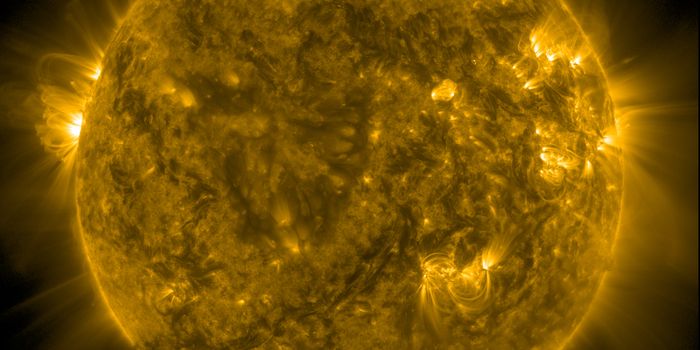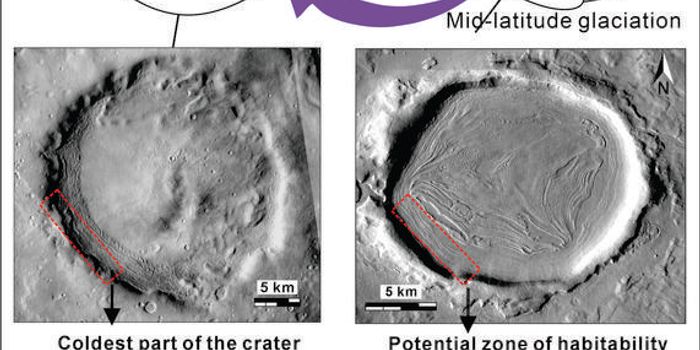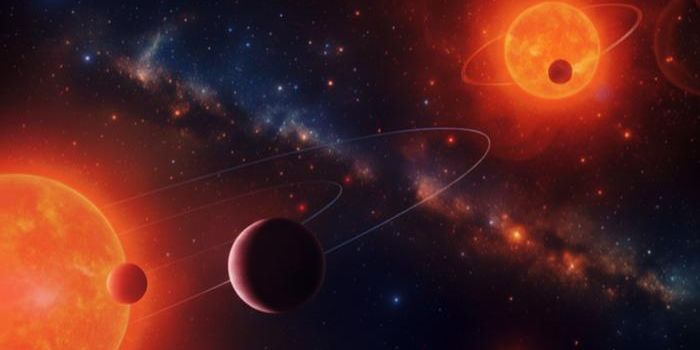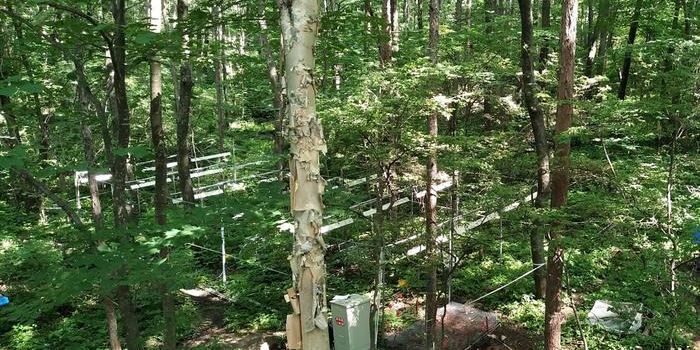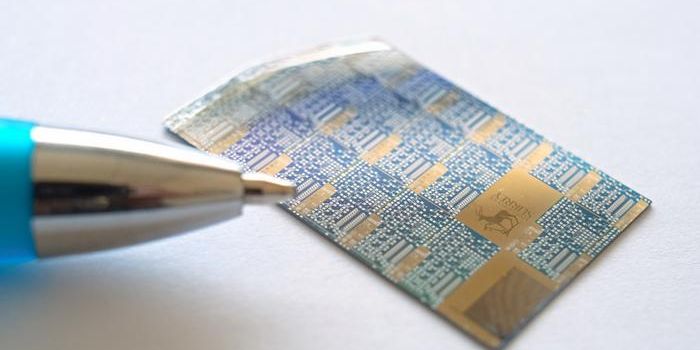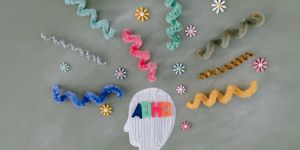The Search For the Quantum Glow
In collaboration with the University of Waterloo, physicists at the Massachusetts Institute of Technology have proposed a way to observe the Unruh effect, or the mysterious glow theorized to surround an object accelerating quickly through a vacuum. Written by Barbara Šoda, Vivishek Sudhir, and Achim Kempf and published in Physical Review Letters on April 21, the paper proposes the principle of accelerated-induced transparency to cut through the noise measuring this elusive effect.
The Fulling-Davies-Unruh effect, also known as just the Unruh effect, is the theory that an object accelerating through a vacuum should feel a warm glow or radiation due to the object’s acceleration. The Unruh effect should occur spontaneously in a vacuum because a vacuum isn’t empty— a vacuum Is filled with quantum fluctuations that should produce a thermal glow when a body is accelerating through it.
To produce this effect to have sensors detect, something like an atom would have to jump to the speed of light in less than a millionth of a second.
"If you instead had some reasonable acceleration, you'd have to wait a ginormous amount of time—longer than the age of the universe—to see a measurable effect,” co-author Vivishek Sudhir, assistant professor of mechanical engineering at MIT, said.
So instead, the researchers decided to increase the probability of observing the Unruh effect by stimulating the body’s acceleration pathway with light. In practice, it’s slightly different since stimulation can have unintended consequences of also amplifying other effects in a vacuum.
This was when researchers introduced their principle of acceleration-induced transparency. Suppose researchers can stimulate the Unruh effect and conventional effects at the same time. In that case, they can turn off those external effects by engineering the trajectory of the particle, co-author Barbara Šoda explained.
Right now, the hypothesis is still untested. The researchers’ next step is to build a large particle accelerator to accelerate a particle to the speed of light and then stimulate the electron using a laser beam at microwave length. Hopefully, the researchers will be able to suppress the classical effects of the electron and amplify the Unruh effect via stimulation.
"It's a hard experiment, and there's no guarantee that we'd be able to do it, but this idea is our nearest hope,” Sudhir said.
Sources: Physical Review Letters, Phys.org

